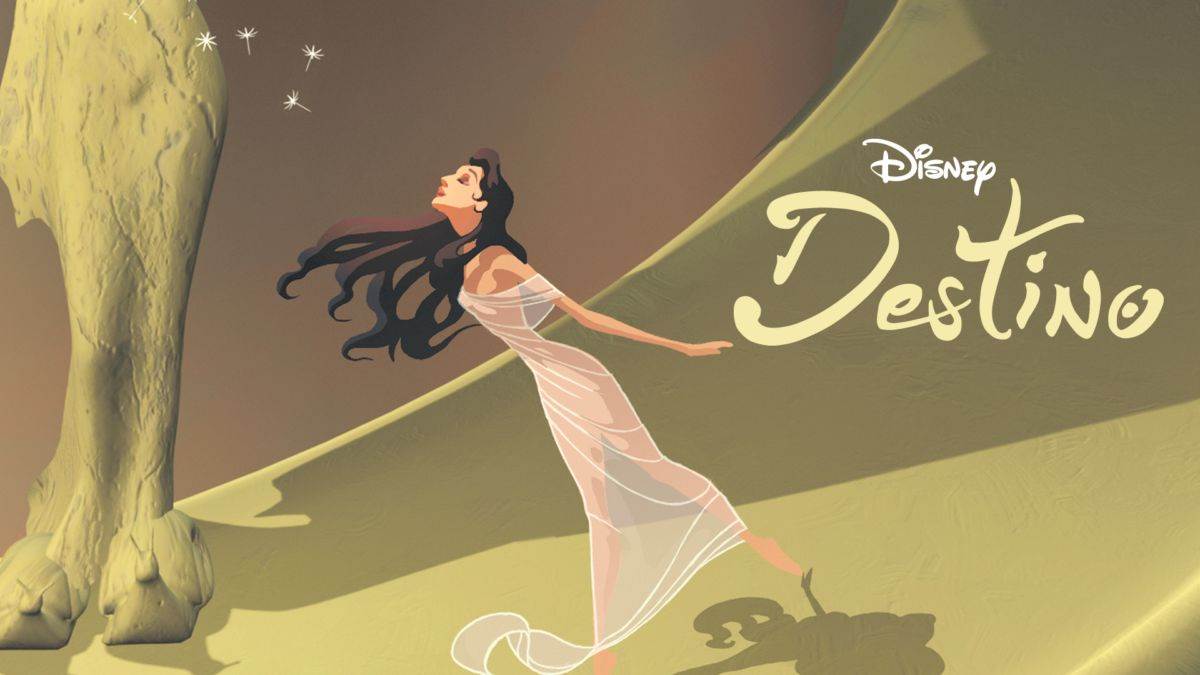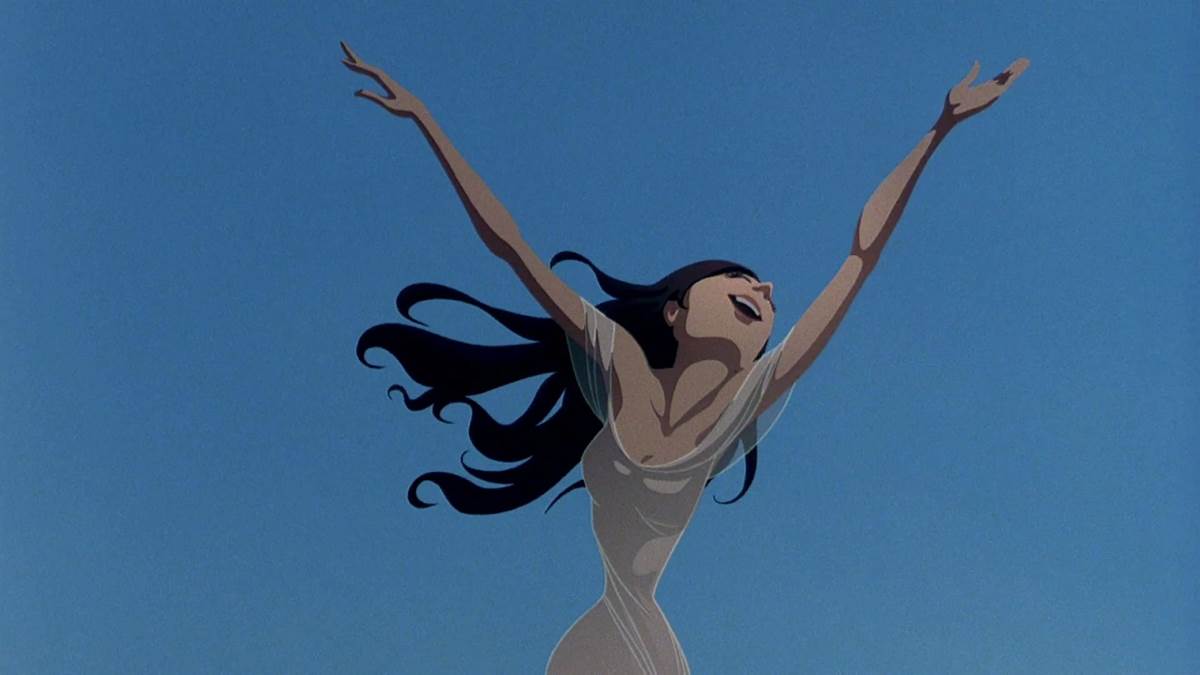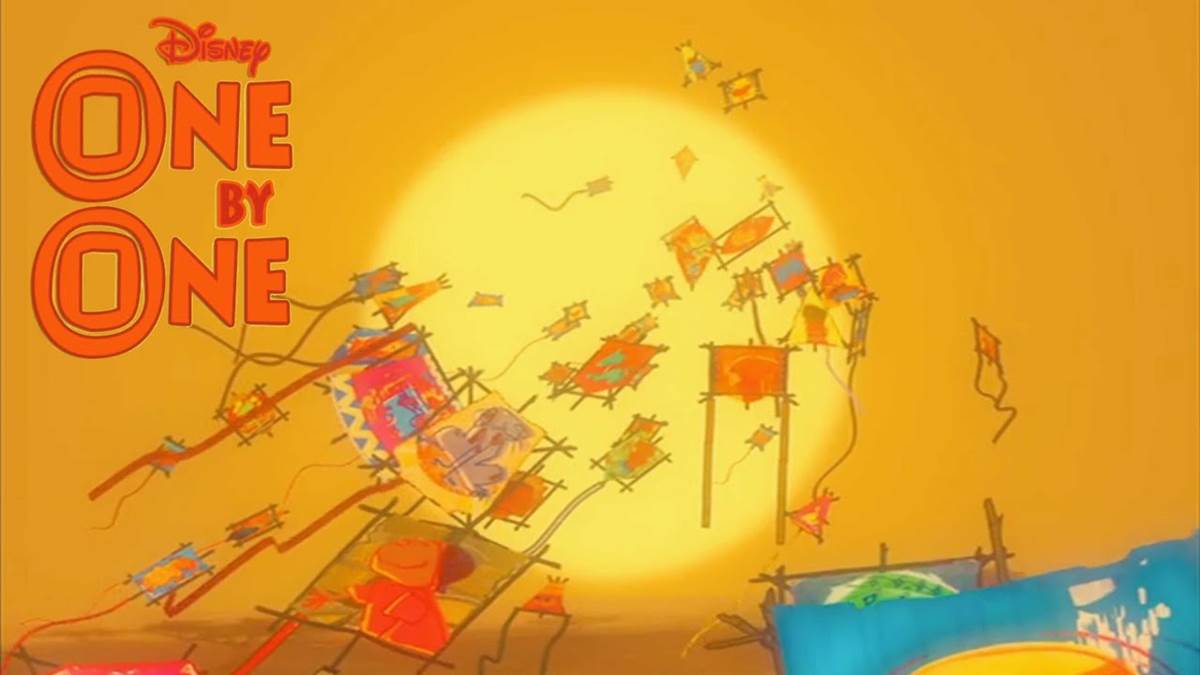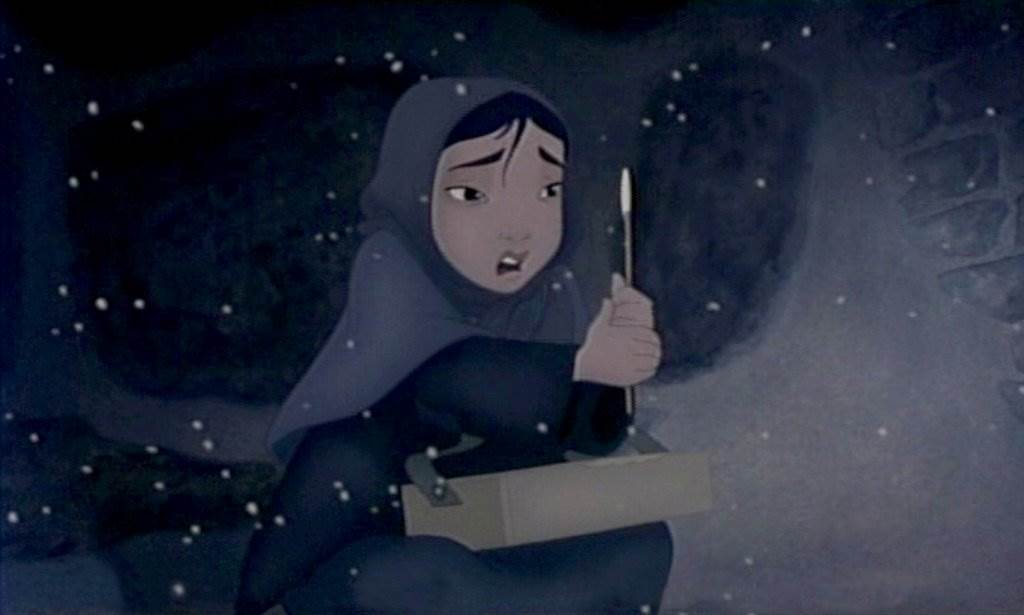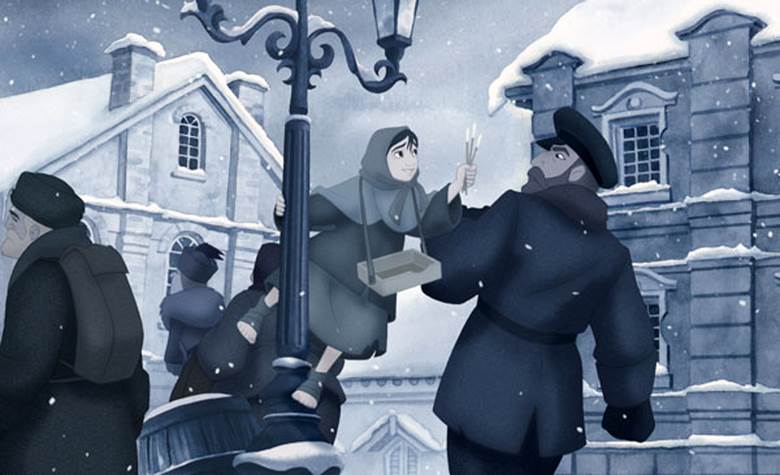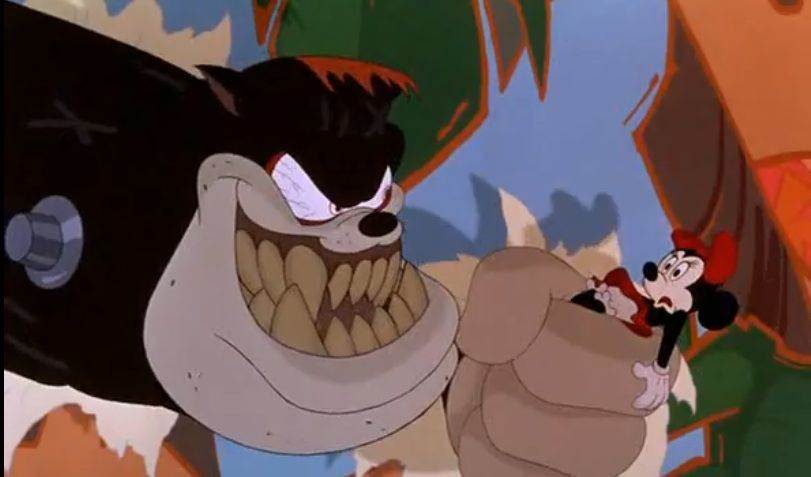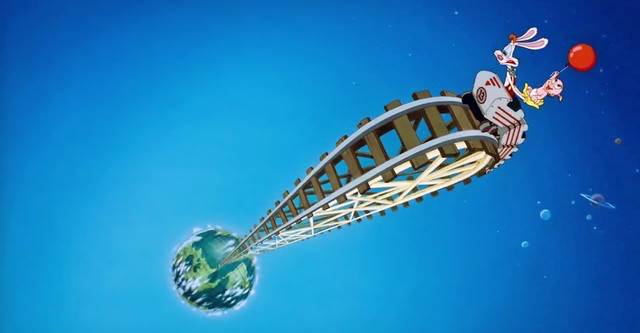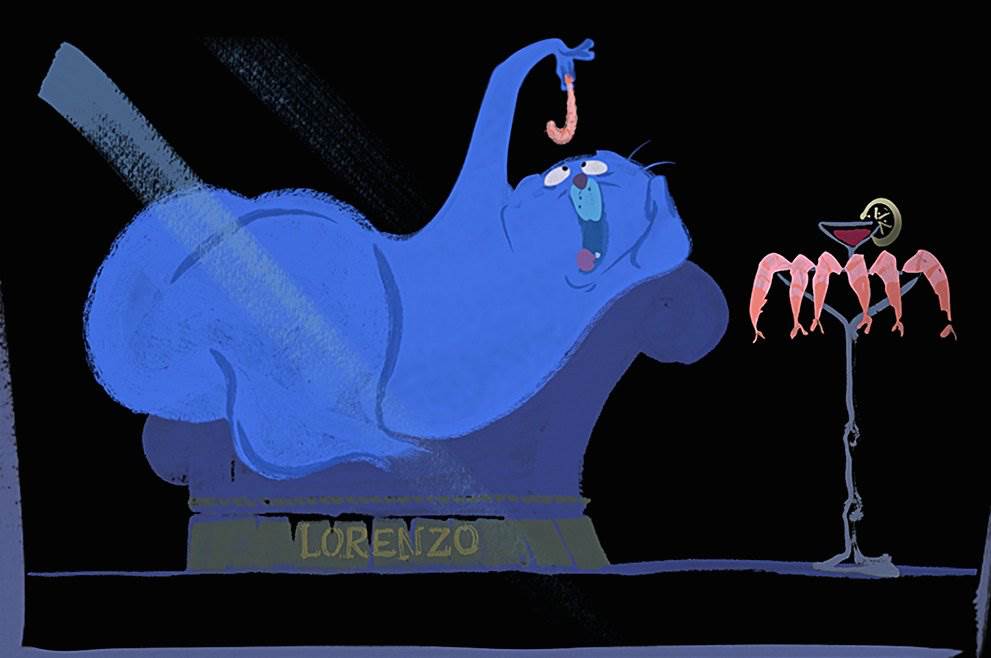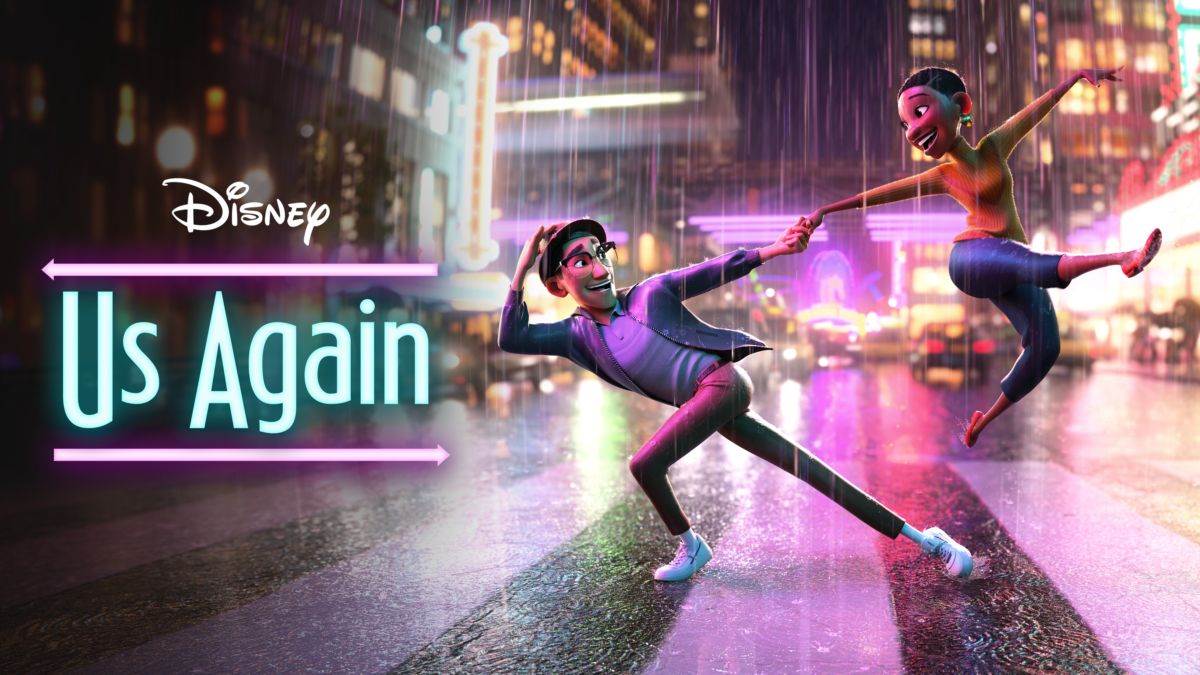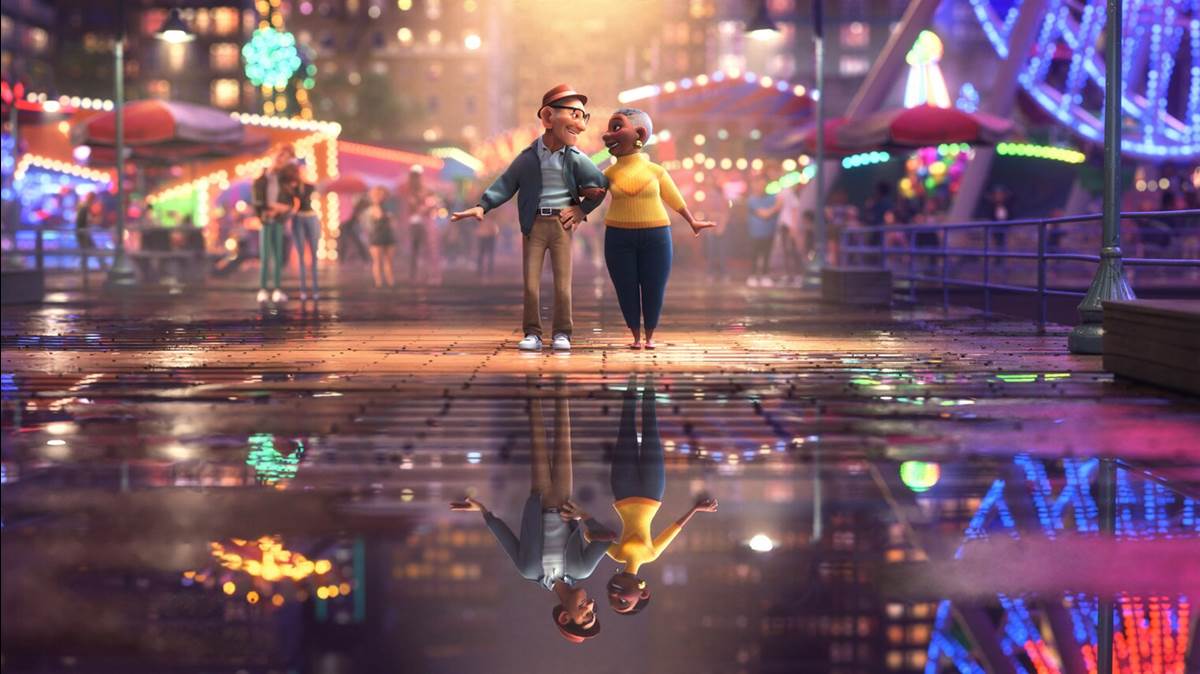100 Years of Disney Animation: Bringing Some Overlooked Shorts of the Modern Era Back Into The Conversation
In just a few days, the Walt Disney Animation Studios will celebrate its 100th anniversary. Mickey Mouse, Donald Duck, Genie, Simba, Elsa, Moana, Tinker Bell, and so so many others have come from the iconic studio over the last century and the phenomenon surrounding their release shows how massive of an influence the studio has. However, in the modern era, there have been a number of short films that were created that have gone largely overlooked (both intentionally and unintentionally) by audiences en masse. Today, I’m going to bring some of these to your attention, and this is just a small sampling of the over 500 theatrical shorts made by Walt Disney Studios in their history, so we might be talking again soon. Some of these may be easy to find, and some a bit more difficult. Don’t worry, I have you covered and I’ll tell you where you can find each one.
Destino
In Fantasia 2000, there is a blip where Bette Midler, who introduces a segment in the film (The Steadfast Tin Soldier), also shares a number of abandoned concepts of Fantasia sequences. The one that easily entranced fans of animation and art in general was a collaboration between Walt Disney and Salvador Dali.
Released in 2003 by Walt Disney Animation Studios, yet having technically been in production since 1945, Destino was originally storyboarded by Disney Legend John Hench and artist Salvador Dalí. Though interrupted (as most things were at the studio) during World War II, eventually Hench compiled a short animation test of about 17 seconds in the hopes of rekindling Disney's interest in the project, but was put on an indefinite hiatus. Others would call that “canceled," but in 1999, Roy E. Disney brought the project back to life while working on the aforementioned Fantasia 2000.
Made at the now closed animation division in France, a team of over 20 animators worked with director Dominique Monfery and Hench himself to finish Destino well over half a decade after production began. While the project is mostly traditional 2D animation, there is some CG involved in the finished project.
The story follows the story of Chronos and his love for a mortal woman named Dahlia, with a soundtrack from composer Armando Dominguez.
Disney Fans might not remember its 2003 release, as it premiered at the Annecy Film Festival in Europe that year, before being attached to The Triplets of Belleville in 2004. Surprising considering that The Triplets of Belleville is not a Disney film. It was also shown at the Philadelphia Museum of Art as part of the retrospective exhibit, The Dali Renaissance in 2005. From 2007 to today, Destino was and is still being shown at different Dali exhibits around the world, and can currently be viewed in an exhibition on Surrealism and Design Museum in London.
If you don’t want to travel the world to find a screening, Destino can also be found on several pieces of physical media, including the Fantasia/Fantasia 2000 Blu-Ray release as a bonus feature, and even as a standalone DVD that has been made available by the Salvador Dali Museum, where there is also a documentary chronicling the history of the project attached.
However, most Disney fans can now catch the short on Disney+, where it has also found a larger audience and is still streaming as of press time.
One By One
Where Destino was actually mentioned as a potential Fantasia sequence, others were planned to be part of a third installment of the film, which was later scrapped and the shorts became stand alone releases. Another of these was One by One.
One by One is a traditionally animated short film from director Pixote Hunt and co-directed by David A. Bossert that tells the story of children in a South African town who fly kites down a hill after one boy sees a colorful feather flying around in the wind. As such, the kids go and find their own materials to create their own colorful kites and we see the children all playing together, flying their kites in harmony before cutting the kites loose and letting them fly into the sky.
Typical for Cut-From-Fantasia fare, the short features no dialogue, and is completely scored by a soundtrack by Lebo M, who is known for his work on The Lion King on both stage and screen. In fact, “One by One," is a "freedom song" written and performed by Lebo M, and was originally cut from the animated release of The Lion King but is included in the live Broadway musical production.
Animation fans will also recognize a number of names who lent their talents to the shorts, with animators like Tony Bancroft (Supervising Animator, Pumbaa) and Dave Pruiksma (Supervising Animator, Mrs. Potts) and others listed among the credits.
Even if I didn’t tell you this was destined for a third Fantasia, watching it you immediately get that vibe. While it didn’t hit the big screen in a third iteration of “The Concert Feature" the completed short was released in 2004 as part of the bonus features on the DVD re-release of The Lion King 2: Simba’s Pride. However, by all accounts, save for an internet search, that is the only place you can find it as One by One can not be found on Disney+.
The Little Matchgirl
Released in 2006 and set to the Nocturne from Borodin’s String Quartet #2, The Little Matchgirl was another short destined for the next installment of Fantasia, but instead found itself lost in the bonus features of another Hans Christian Andersen adaptation, The Little Mermaid, on its home releases starting with the Platinum Edition DVD release, and subsequent releases since.
From Disney Legendary producer Don Hahn and Directed by Roger Allers, who you may know from his work on a little known film called The Lion King (or maybe this), Matchgirl tells the tale of Christmas in Saint Petersburg, Russia, in pre-Revolution times where an impoverished girl tries to sell matchsticks on the streets, but every potential customer refuses.
Later that night, the girl huddles in a snowy alley, trying to warm herself against the cold. Eventually, she decides to strike some of her remaining matches for warmth. As she does, she sees visions of different warm memories, getting lost in the wondrous visions until, inevitably, she runs out of matches.
The following morning, the girl is found huddled in the alley, unmoving and covered in snow when her grandmother appears, where it is revealed shortly thereafter it is the spirit of her grandmother. Together, they vanish and their spirit light fades into the distance.
This ending isn’t your typical Disney fare, which makes it unique in my opinion. Reportedly, Allers received pushback on the sad ending, so happier endings were tried, but were ultimately rejected.
Notably, The Little Matchgirl is also recognized by fans of Animation technology and artistry because it was the last animated project to use the revolutionary CAPS system. For the record, Home on the Range was the last full-length feature to use the artform-altering system.
The Little Matchgirl was nominated for Best Animated Short at the 79th Academy Awards, but lost to The Danish Poet. You can see The Little Matchgirl now on the aforementioned home releases of The Little Mermaid and on the Disney Animation Shorts Collection Blu-Ray released in 2015. You can also catch it on Disney+.
Runaway Brain
I honestly don’t understand the controversy behind this short, outside of the rampant brand protection. Short version: In the 90s, there were attempts to bring new life to some of the classic characters. At the time, Disney Animation was experiencing great success in what would be called the Disney Renaissance. With bigger emphasis on Simba and the Genie (among others), Disney Icons like Mickey Mouse were being overshadowed. Just like the Disney Studio itself (which had saved itself from disaster in the mid 80s), maybe Mickey could use some reinvention too.
Fans might recall the short, The Prince and the Pauper, which featured dual Mickeys in the classic Charles Dickens story. Well, odds are those fans didn’t see it theatrically, because it was attached to The Rescuers Down Under, which underperformed at the box office. That proved not to be the Mickey-rebirth that Disney was hoping for, and at the time, Disney was also taking chances with new kinds of storytelling- Tim Burton and The Nightmare Before Christmas, Pixar with Toy Story, and with Amblin and Who Framed Roger Rabbit. What if Mickey could have one of those seemingly out there stories too. Developed around the same time as Hocus Pocus and The Nightmare Before Christmas, Runaway Brain would have a spooky edge.
In it, we see Mickey Mouse playing video games when Minnie gets upset and he inadvertently promises her a Hawaiian vacation. Well, now he needs the money to do so and finds himself in the evil lab of Dr. Frankenollie (a fun tribute to two of the nine old men) where he can get the moolah to hula for a mindless day’s work.
What ends up happening, is a madcap monster movie style adventure where Mickey’s brain is swapped with Julius (Pete as a big frankenstein-y creature) and in turn, places the monster’s brain in Mickey’s body. The clever wit of the short, the fun and modern jokes, although reportedly said to be an in-house example of “what not to do" with Mickey Mouse are an ironic precursor to some of the humor found in the Paul Rudish Mickey Mouse shorts. However, that is all overshadowed by Mickey as a monster (pictured above). For several minutes, Mickey is seen slobbering and thrashing about a city chasing Julius (with Mickey’s brain) and Minnie Mouse. All brilliantly animated by the legendary Andreas Deja, who is known for animating villains like Scar from The Lion King and Jafar from Aladdin.
It’s this imagery that is taken out of context when, if viewing the short, is completely understood as part of the story. That monster Mickey is not actually Mickey. Alas, viewing the short is a hard thing to do. After a bit of research, I have found multiple stories that this was a short championed by Jeffrey Katzenberg, though then-Disney Feature Animation President Peter Schneider wasn’t the biggest fan. After Katzenberg left the company, the short was attached to A Kid in King Arthur’s Court, showing how much faith they had in the project, though other releases were reportedly planned. The live-action adaptation of 101 Dalmatians was heavily marketed with Runaway Brain, though that idea was pulled at the last minute and reportedly so close to release that not every theater got the memo, including the theater that was once attended by yours truly.
Strangely, despite all attempts by Disney to kind of forgo the existence of this short, there is a reference to Runaway Brain in the queue of Mickey and Minnie’s Runaway Railway at Disneyland Park, where the newspaper ad that Mickey finds at the beginning of the short can partially be seen in the box office of the El Capitoon Theater.
So if you have seen Runaway Brain consider yourself lucky. It has only ever been released on home media as part of the Walt Disney Treasures DVD set, in Mickey Mouse In Living Color: Volume Two. And no, it is not available on Disney+. That said, I would say find your Disney Adult friends or head to Ebay to find a copy, because I would never condone searching elsewhere on the internet. Then, you can judge for yourself whether or not it deserves to be buried as far down as it is.
The Other Two Roger Rabbit Shorts
For some reason, I feel like everyone who is aware of the Roger Rabbit shorts only knows Tummy Trouble. That one was attached to the hugely popular Honey, I Shrunk the Kids in theaters and on home video. However, a large group of people reading this went back and saw the plural use of “shorts" and were surprised. Two others exist: Trail Mix-Up and Roller Coaster Rabbit. In fact, if you went to Disney-MGM Studios early after its opening in 1989, you likely saw these in production if you went on the Magic of Disney Animation studio tour, taking you through a working animation studio. Roller Coaster Rabbit was the first short fully produced at the Florida Studio.
Roller Coaster Rabbit follows the antics of Roger Rabbit, Baby Herman, and Jessica Rabbit at a local county fair, so of course all kinds of hijinx and antics ensue.
Trail Mix-Up sees the trio in a woodland setting, following the same premise of Mrs. Herman having Roger babysit before a number of Tex Avery-style antics begins. Both hilarious and full of classic cartoon mayhem, but par for the course of Roger Rabbit fare, also quite subversive. As such, there are some PG or even PG-13 innuendo that some viewers would find questionable today.
Fans of Roger Rabbit as a character should seek these out because they are very fun and quite delightful, full of the rabbit’s trademark quirks and chaos.
There was also a fourth short planned but never released, titled “Hare In My Soup," cancelled due to an increasingly tumultuous relationship between Steven Spielberg and Disney. Spielberg, who owned 50% of the Roger Rabbit character, reportedly wanted Roller Coaster Rabbit to be attached to Arachnophobia, another production between Disney’s Touchstone Pictures and Spielberg’s Amblin Entertainment. However, Disney CEO Michael Eisner allegedly wanted it attached to Dick Tracy to tempt audiences to see that film.
Roller Coaster Rabbit and Trail Mix-Up can be found on numerous home releases (namely starting with the second DVD release) of the original Who Framed Roger Rabbit? Trail Mix-Up, interestingly, is available on Disney+ where Roller Coaster Rabbit is not.
Lorenzo
Dating back to 2004, Lorenzo tells the “tail" of an eccentric cat who sees a black cat that is missing his tail. Taking glee in the fact that the black cat is missing his tail, the black cat casts a hex which gives Lorenzo’s tail a mind of its own. The spoiled cat becomes overwhelmed and grows tired of the antics, seeking ways to quiet his tail, including electrocution and running it over with a train. Throughout, the black cat appears and offers a knife, suggesting what to do. Eventually, Lorenzo accepts the offer, and becomes a tailless cat himself.
The short was originally intended for that third installment of Fantasia as well, with a story based on an original idea by Disney Legend, artist and writer Joe Grant, which he began developing back in 1949. Working with Grant, Director Mike Gabriel helmed the piece, which producer and Disney Legend Don Hahn suggested using Tango music for. Gabriel picked “Bordoneo y 900," performed by Juan Jose Mosalini and his Big Tango Orchestra, which fits the sometimes Chuck Jones-like antics of Lorenzo.
The traditionally animated film was largely produced at the now closed Paris studio, while other portions including some digital elements were created at the landmark Burbank studio. Audiences were first introduced to the short if they saw the film Raising Helen in theaters, attached to the Kate Hudson vehicle. If they didn’t see it there, they might have seen it at one of a number of film festivals or on the home release of shorts from the Walt Disney Animation Studios. Sadly, Lorenzo cannot be found on Disney+ as of press time.
Honorary Mention: Us Again
Well TECHNICALLY, it is a newer short, especially compared to the rest of this list, but Us Again is already kind of lost in the shuffle. It still remains overshadowed by more recent shorts like Paperman, Feast, and Far From The Tree. This could largely be blamed on 2020. A case of terrible timing as the short was attached to Raya and the Last Dragon, which was released simultaneously in theaters where available at the time, and on Disney+ as part of their Premier Access program. Here’s the catch: If you wanted to see Us Again, you had to go see Raya and the Last Dragon in theaters. At the time, many people were still cautious to go to theaters, if they had any local options that they can go to in the first place. Others who ordered Raya and the Last Dragon on Disney+ as part of Premier Access not only paid extra for the film, but DID NOT get the added bonus of Us Again.
Eventually, Us Again did appear on Disney+, roughly around the same time that Raya and the Last Dragon became available to all subscribers. At that point, it would take a certain level of Disney Fan, not necessarily the general audience, to go out of their way to select the short and the feature length film.
Those who did go out of their way to view the short were treated to an upbeat message about keeping their youthful spirit alive as a couple, who once danced to their heart's content, find themselves in their youth thanks to a magical rainstorm. But do they need the rain to retain that youthful energy? Also, look for Rhapsody in Blue from Fantasia 2000 and a sly Disney Parks reference hidden within.
Animation fans were also treated to character animation based on dance choreography unlike anything they’ve ever seen. Similar to other animated shorts, no dialogue is uttered in the short, and the upbeat music - original for the short - would make it an outstanding addition should there have been another Fantasia in development.
Us Again is still streaming on Disney+ and can be found on the home releases of Raya and the Last Dragon.



